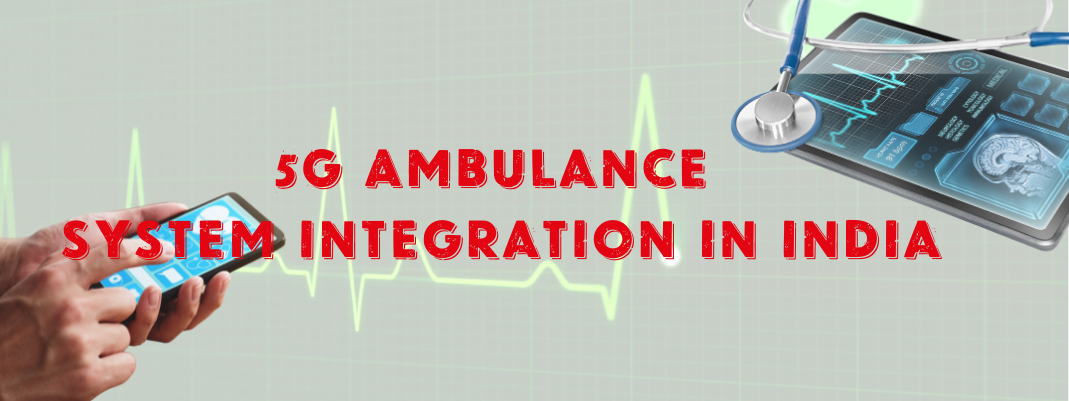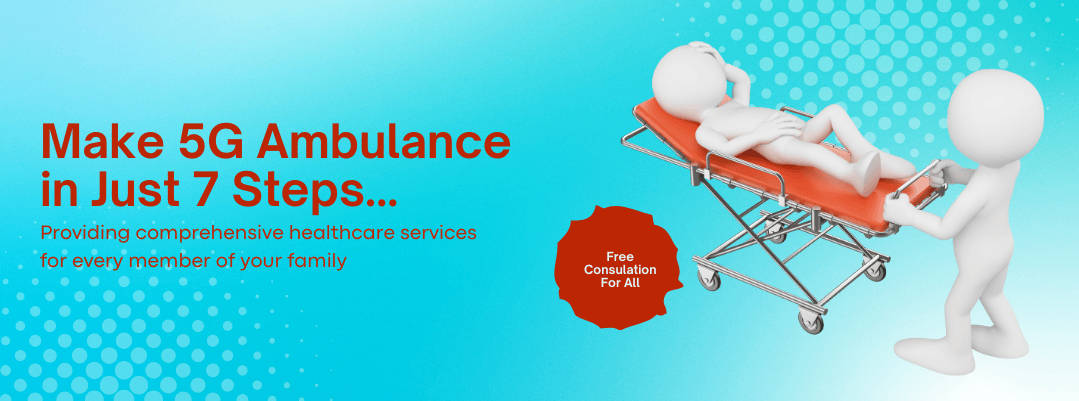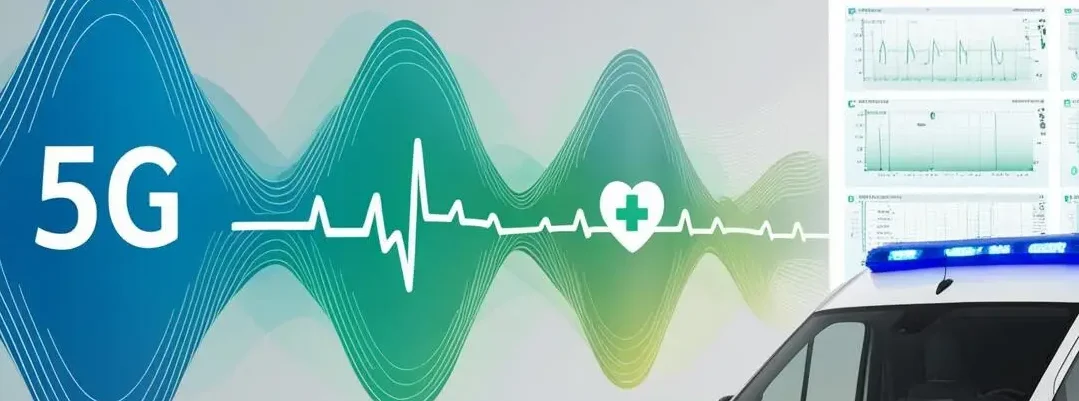🩺 5G Ambulance System Integration in India
India’s healthcare landscape is undergoing a digital revolution, and one of the most transformative advancements is the 5G ambulance system integration. With the rise of real-time connectivity, high-speed data transfer, and smart devices, Ambunav Healthcare System is pioneering this game-changing movement at an affordable cost. This innovation doesn’t just improve ambulance services—it redefines emergency healthcare in both rural and urban settings.
🚑 Overview of Ambulance Services in India
India operates a diverse ambulance network including Basic Life Support (BLS), Advanced Life Support (ALS), and air ambulances. Despite this variety, challenges like traffic delays, communication breakdowns, and under-equipped units persist.
Current Issues:
- Lack of real-time patient data sharing.
- Inadequate coordination with hospitals.
- Shortage of trained personnel and advanced medical devices.
💡 The Role of Ambunav Healthcare System
Ambunav Healthcare System aims to make emergency care smarter, faster, and universally accessible. By integrating 5G tech, they are providing real-time virtual connectivity between paramedics and specialist doctors, bridging time-critical gaps.
🚨 What is a 5G-Enabled Ambulance?
A 5G ambulance is a mobile hospital unit equipped with:
- High-speed internet (5G modules)
- Real-time video conferencing tools
- Cloud-based health record systems
- IoT-powered vital monitoring
- Smart dashboards for patient vitals
This setup enables live guidance from doctors, remote diagnostics, and instant hospital preparedness.
⚙️ Technological Advancements Powered by 5G
5G-enabled ambulances allow:
- Live streaming of patient vitals to hospitals
- Remote surgeries (assistance, not full-scale)
- Smart diagnostics via connected devices
- Real-time GPS and traffic route optimization
These breakthroughs ensure faster, informed decisions and critical interventions en route.
🎯 Benefits of 5G Integration in Ambulances
| Feature | Impact |
| Real-time video calls | Connect EMTs with specialists instantly |
| Smart monitoring tools | Automatic tracking of ECG, BP, oxygen, etc. |
| Patient data synchronization | Prepares the hospital before the patient arrives |
| Improved navigation | Avoids traffic, reaches patient faster |
| Lower mortality | Faster treatment reduces fatality risks |
💰 Affordable Implementation Strategy
Ambunav ensures cost-effective rollout by:
- Partnering with telecom companies for bandwidth
- Leveraging existing government schemes
- Using modular 5G units in refurbished ambulances
- Offering subscription-based models to hospitals
This makes 5G ambulance access possible even in Tier II & III cities.
🏥 Integration with National Health Systems
Ambunav collaborates with:
- Ayushman Bharat Digital Mission (ABDM)
- eSanjeevani Telemedicine
- State-level emergency services like 108/102
This streamlines data-sharing, improves patient continuity, and integrates telehealth into emergency care.
⚠️ Challenges in Traditional Ambulance Services
- Manual documentation delays hospital prep.
- No remote access to doctor expertise.
- Rural areas lack advanced medical facilities.
🚀 How 5G Solves These Challenges
- Teleconsultation on the go
- AI triage assistance for paramedics
- Live video feeds to specialist doctors
- Digital health ID integration
📊 Case Studies of 5G Ambulances in Action
- Delhi & Mizoram pilots showed 25% reduction in response-to-treatment time.
- Rural India saw increased emergency recovery rates after pilot testing.
🏡 Urban vs Rural Benefits of 5G Ambulances
In urban areas, 5G ambulances reduce ER bottlenecks.
In rural areas, they bring hospital-grade care to the doorstep, eliminating the need for long, risky travel.
👨⚕️ Training and Support for Medical Staff
Ambunav runs:
- Online workshops
- Simulation-based VR training
- Digital manuals for on-field troubleshooting
📣 Public Awareness and Adoption
Ambunav drives campaigns on:
- When and how to use emergency services
- What to expect in a 5G ambulance
- Importance of digital health IDs
🌍 International Comparison & Lessons Learned
Countries like Japan and South Korea have already deployed similar models. India is adapting best practices while localizing technology for affordability.
🔮 The Future of Healthcare Mobility in India
What’s next?
- Drone-supported medicine drops
- Mobile ICU vans
- AI-based patient prioritization
Ambunav is already researching and investing in these innovations.
❓ FAQs
Q1: How is a 5G ambulance different from a regular ambulance?
A 5G ambulance offers real-time communication, remote monitoring, and live consultations, making it far more advanced and responsive.
Q2: Is 5G ambulance service expensive for patients?
Not at all. Ambunav offers subsidized models, ensuring affordability under government health schemes.
Q3: Can these ambulances work in villages?
Yes, they’re specifically designed to function in both urban and rural settings, supported by satellite or hybrid networks.
Q4: How is patient privacy maintained?
All data is encrypted and shared only with authorized healthcare personnel.
Q5: Can this reduce hospital waiting time?
Yes, because hospitals are pre-informed and prepped before the ambulance arrives.
Q6: Who operates these advanced ambulances?
Trained Emergency Medical Technicians (EMTs) along with remote doctors guide the treatment process.
🏁 Conclusion
The 5G ambulance system integration in India is not just a tech upgrade—it’s a lifesaving revolution. With Ambunav Healthcare System at the helm, millions can access real-time, affordable, and quality emergency care. Whether you’re in a bustling metro or a remote village, the future of healthcare is on the move—and it’s faster, smarter, and closer than ever before.




